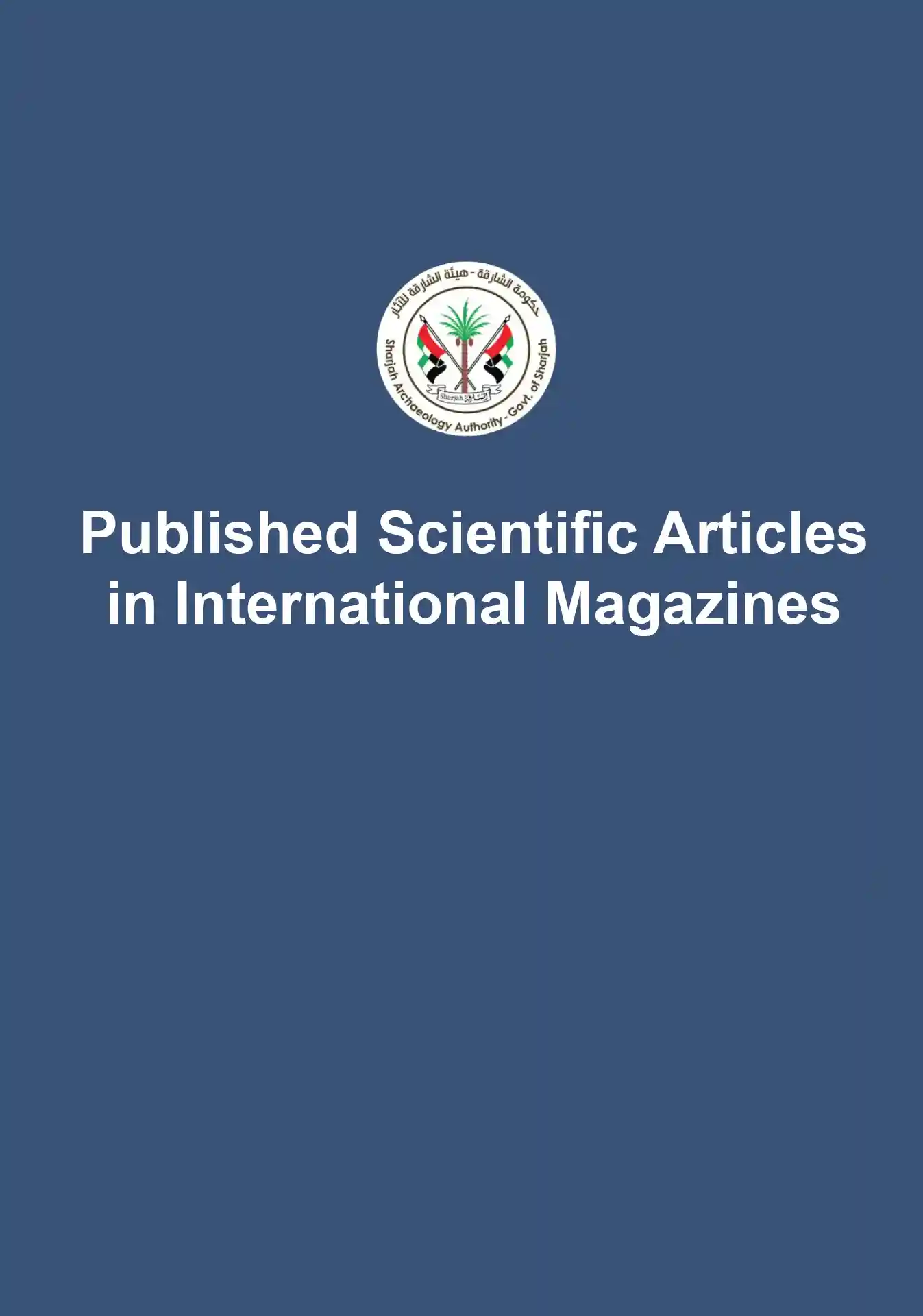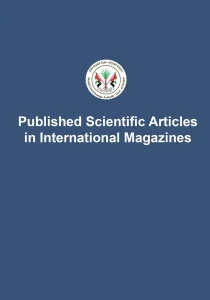Published Date : 2016
Auther : John Wiley - Sons A/s
Publisher : Arabian archaeology and epigraphy
Available Languages -
The main part of the article delves into the analysis of the inscription itself. It provides a comprehensive description of the Aramaic and Hasaitic texts, including a discussion of the language used and the script employed. The article also highlights the significance of the inscription in terms of our understanding of the region’s history and culture.
The inscription, as the article notes, commemorates the deceased, Amud, and was erected by his son, also named Amud. It also provides information on the date of the tomb’s construction, which is believed to be either 90 or 97 BC.
The article further explores the relationship between the Aramaic and Hasaitic texts. The authors argue that the two texts share similarities in terms of structure and content, suggesting that both languages were used concurrently in the region at the time. Additionally, the article discusses the inscription’s importance in understanding the development of ancient Semitic languages. It offers new insights into the interaction of Semitic languages during that period.
Snake cults in Iron Age south eastern Arabia. A consideration on autochthonous developments and possible connections with other Middle Eastern traditions
Published Date : 2015
Auther : Tracey Cian
Publisher : UCL Qatar
Available Languages -
This document presents a research proposal on the significance of snakes in the religious beliefs ...
ANNUAL SHARJAH ARCHAEOLOGY ISSUE 11
Published Date : 2020
Publisher : Sharjah Archaeology Authority
Available Languages -
In its second edition 2019G, the annual magazine (2004-2007) sheds light on the results of ...


